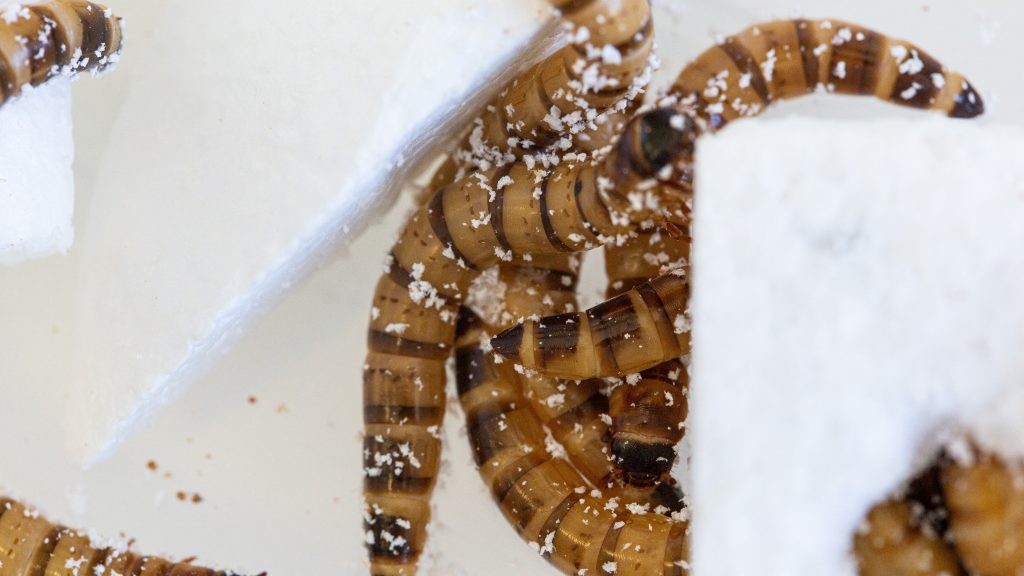Australian scientists have investigated how beetle larvae break down Styrofoam. Their enzymes may be applicable in industrial recycling operations.
beetle larvae Zupupas Morio It could be something extraordinary. These “superworms” are like polystyrene, or styrofoam. The ability of beetle larvae to survive on Styrofoam was discovered a few years ago by high school students from the Philippines. Since then, many studies have been conducted on this phenomenon.
The Australian researchers from the University of Queensland, whose study was published in the journal Microbial genomics Back, he focused mainly on the way the worm’s long polymer chains are converted into usable energy.
If it is clear how this process works, it is hoped that it will be widely used. The enzymes used by the larvae may be the key to success.
Environmental biotechnologist Mark van Loosdrecht, a professor at TU Delft, described the Australian project as a “robust study”, but it has some caveats. The research doesn’t show exactly how the worm cuts these long molecular chains.
It says in Volkskrant About this: “I think it’s a physicochemical process and not a bacterial thing. Quite simply: evolution works just fine. If it’s easy for bacteria to turn long polymer chains into useful molecules, we’ll see that happens more often.”
The creatures live on Styrofoam but do not thrive. The control group grew faster. So it looks like they’d rather eat an apple than a piece of Styrofoam. Van Loosdrecht is cautious about the applicability of the technology in the coming years. “This research is still far from practical.”
Here you can see how the caterpillars eat a block of Styrofoam:
Sources): de Volkskrant







More Stories
GALA lacks a chapter on e-health
Weird beer can taste really good.
Planets contain much more water than previously thought